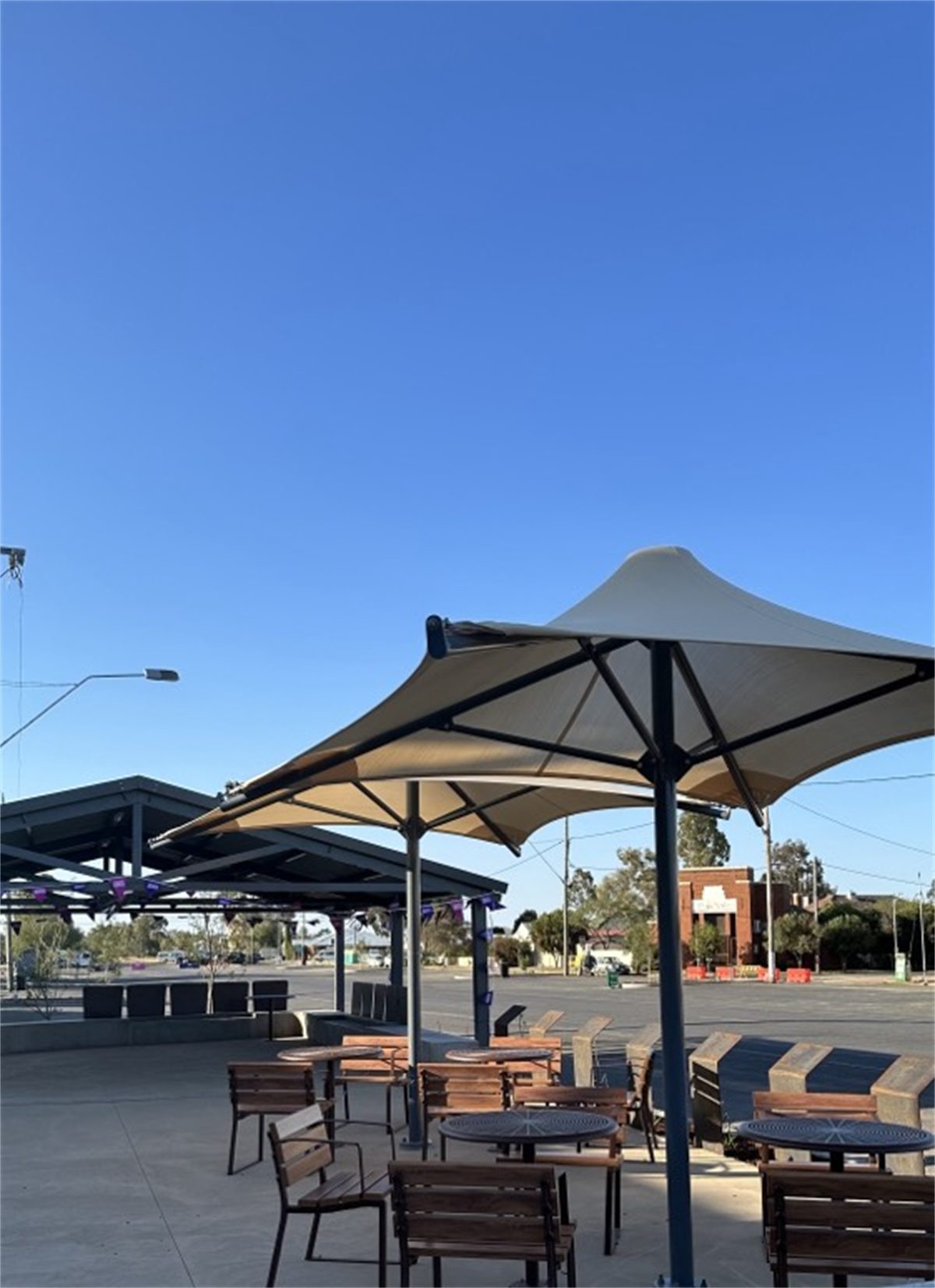Truckies and businesses will be able to get Aussie produce from gate to plate more efficiently thanks to the launch of the new National Location Registry.
This new digital tool provides a one-stop shop of pick-up and delivery location information to support truckies to get goods to businesses and consumers. This includes operating hours, weight and height restrictions for vehicles, entry points, driver amenities and safety requirements for each site.
Deputy Prime Minister and Minister for Infrastructure, Transport and Regional Development Barnaby Joyce said the National Location Registry will make it easier and quicker for freight operators to pick-up and deliver goods and take some of the stress out of their day-to-day work.
“Every Australian, everywhere, every day relies on freight. The National Location Registry will benefit us all by backing a more efficient supply chain for our businesses and truckies,” the Deputy Prime Minister said.
“For farmers, manufacturers and distributors, the Registry will reduce some of the hassle and time it takes to get their products to where they need to go.
“Right across the country the collection and exchange of information about physical locations is all too often a manual process, which is costly to maintain and can lead to errors.
“The Registry solves this problem by creating one digital platform which supplies logistics providers with all the information they need.
“This will make life easier for the more than 50,000 small businesses involved in Australia’s road freight sector. These businesses can now encourage location owners to list their pick-up spots and other important information on this one Registry, saving time and effort.”
Assistant Minister for Road Safety and Freight Transport Scott Buchholz said the Registry was kick-started by industry and for industry, with the support of the Government, to deliver the data our freight industry needs to thrive and reach new heights.
“Industry participants are household names including Woolworths, Coles, Sanitarium, PepsiCo, Toll, Linfox and Australia Post,” Assistant Minister Buchholz said.
“They have collectively brought centuries of experience in moving produce and goods to homes to make sure this Registry delivers real benefits for our truckies, farmers and businesses.
“For example, a farmer that diversifies their plots to different crops and sets up a new processing shed can put this shed on the Registry so transport operators know exactly how to get in and pick up the produce to haul to markets.
“This will take some of the stress off our transport operators to find the new shed, ensure the produce is picked up quickly and smoothly, and means the farmer doesn’t have to give this information each and every trip.
“That’s just one example of how this Registry is a win-win for the sector, so I urge businesses to check it out and see how they can benefit – and make use of the two-year promotion where it is free to join.”
Linfox delivers more than $60 billion of goods each year globally and Linfox Logistics Australia and New Zealand CEO Mark Mazurek said he was excited by this opportunity to work smarter by sharing collective knowledge and data with their customers, the Australian Government and other transport providers.
“As a trusted national supply chain partner, our truck drivers visit thousands of sites, stores and locations around Australia to collect and deliver goods for our customers,” Mr Mazurek said.
“The National Location Registry offers enormous potential to increase the efficiency of deliveries, and most importantly, increase safety for our drivers, our customers and our communities.”
The Registry will grow and reach new heights as supply chain participants add their data. Businesses are encouraged to register their location and encourage their suppliers and transport providers to use the Registry as well.
The Registry is a key element of the Australian Government’s broader National Freight Data Hub project, a $16.5 million investment to make a range of data available to support the freight industry. This includes the recently launched Supply Chain Benchmarking Dashboard, which is providing detailed and interactive modelling of Australian transport and logistics supply chains across 130 commodities.
The National Location Registry is managed by not-for-profit standards organisation, GS1 Australia, and is available at nlr.org.au.






